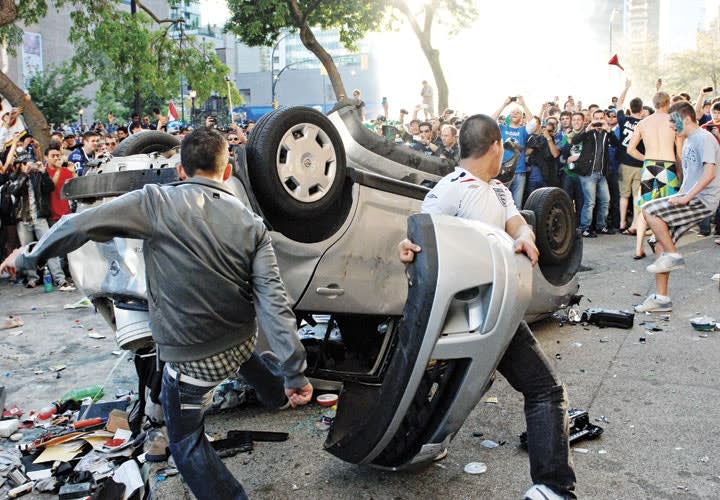Fredericks also worked the 1994 Stanley Cup riot in Vancouver. But in that incident all of the video evidence was captured on analog tape. "We had hundreds of hours of VHS tape," Fredericks recalls.
This time the forensic video job was much more complex than it was 17 years ago. "Every single person down there had a cell phone and everybody was recording video with them," Fredericks says.
Every minute of the video had to be examined by the forensic analysts and the IRIT investigators to make sure that it did not contain exculpatory evidence that might exonerate a person accused of a criminal act. Before the project was completed, the analysts and investigators had logged more than 4,000 hours of painstaking labor.
"We tagged anyone involved in criminal activity," says Fredericks. "The result was that we tagged 15,000 acts of criminal activity, not 15,000 people but 15,000 acts by multiple persons."
In forensic video terms "tagging" means to find someone on the video and follow his or her actions. The tag is set using metadata that describes the person, the action, the location, the time, and other critical information. Each criminal act-whether it was looting, arson, flipping cars, or assault-was given an event number. Individuals were identified and tracked by defining physical features or by what they were wearing such as a hockey jersey with a specific design or number.













